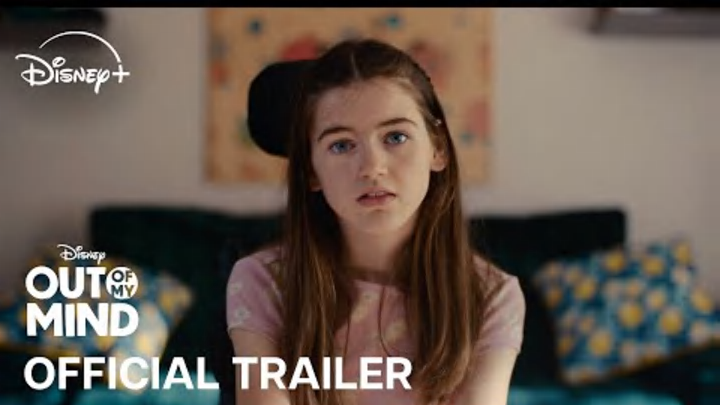In honor of July being Disability Pride Month, we're looking at family-friendly media that gives accurate portrayals of disability.
It might seem like an inconsequential thing to some, but to kids with disabilities who get to see themselves in their favorite characters? That is a life-changing experience. For everyone else, it can normalize and destigmatize differences. And, who doesn't want a more empathetic and understanding world?
Here are six movies and TV shows that get disability representation right.

Finding Nemo
One of the best themes of 2003's Finding Nemo is disability. Nemo has a limb difference with his "lucky fin," Dory has short-term memory loss, and Marlin has trauma-induced anxiety. Throughout the movie, Marlin learns to trust Dory and Nemo's capabilities. All three discover how to best support one another, without pathologizing anyone.

Bluey
As the kids' show that has created a global sensation, Bluey is loved for many different reasons. One of them is the way the show handles disability representation. The episode "Army" follows Jack, a classmate of Bluey's, as he goes throughout his day. Though not explicitly stated, Jack is implied to have ADHD.
Also, the episode "Turtleboy" shows a character named Dougie and his mother using Australian Sign Language as Dougie is deaf. Bluey shows insights into the worlds of kids with disabilities and how to be a good friend to everyone.

Daniel Tiger's Neighborhood
Daniel Tiger's Neighborhood is a spin-off series of Mr. Rogers' Neighborhood. It follows the stories of Mr. Rogers' puppets and toys, now brought to life as animated characters.
One new friend introduced is Chrissie, the niece of King Friday. She uses leg braces and forearm crutches due to cerebral palsy. As one of the first animated characters to use these mobility aids, Chrissie helps show kids that there are more than just wheelchairs to help people with disabilities get around.

How to Train Your Dragon
How to Train Your Dragon is about a boy, Hiccup, who finds an injured dragon in the woods. Instead of killing it, as his culture demands, he befriends the dragon and names him Toothless. Part of how Hiccup earns Toothless' trust is by making a prosthetic tail wing for Toothless to be able to fly again. The bond they form is unbreakable, and when Hiccup himself loses a foot, Toothless is there to help him adjust to his prosthesis as well.

Avatar: The Last Airbender
When Aang, the Avatar, must master all four elements, he searches for masters to teach him. Toph, a young, blind noble girl, may not seem like much at first, but she turns out to be arguably the greatest earthbender of all time. She taught herself earthbending by learning from blind badger-moles and became the first metal bender in the entire world. The way she often jokes with people who forget she's blind shows what low-vision people deal with in reality. Toph's character teaches that people with disabilities are not incapable.
Out of My Mind
Another great example of how disability does not equal incapability, Out of My Mind is a Disney+ movie based on the novel of the same name. Melody has cerebral palsy and is nonverbal, but she has a photographic memory. Just because the muscles in her mouth and throat don't work the way she wants, doesn't mean that she's unintelligent. Her story of fighting to be heard is a powerful representation of disability advocacy.
This list by no means covers all the great disability representation you can find in the media nowadays. But it is a good place to start if you're looking to show your family positive portrayals of disability.
More from The Parent Watch:
